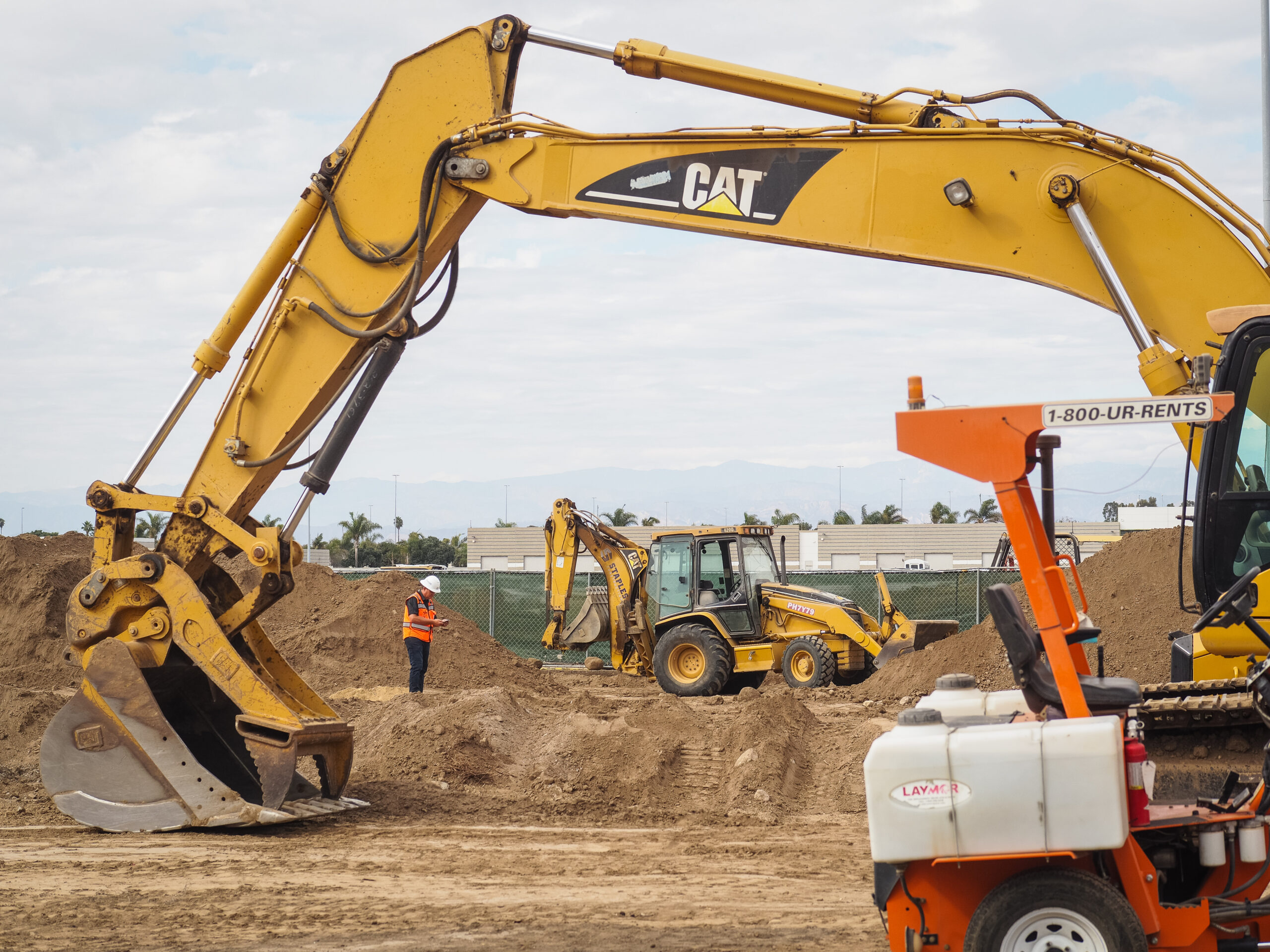Top Construction Trends in 2024
- January 26, 2024

Here are some of the top construction trends anticipated to shape the sector in the coming year:
Digital Transformation and Building Information Modeling (BIM): The continued adoption of Building Information Modeling (BIM) is expected to accelerate even more in 2024, enabling more collaborative and data-driven approaches to construction project management and in-field decision-making. Advanced BIM platforms will integrate with other technologies such as AI, IoT, and AR/VR to streamline design, coordination, and construction processes.
Offsite Construction and Prefabrication: Offsite construction methods, including prefabrication and modular construction, will continue to gain traction due to their perceived efficiency, cost-effectiveness, and sustainability benefits. This trend will be driven by the hope for faster project delivery, reduced construction waste, and improved quality control. While not always more efficient or cost effective, when done the right way by trained professionals, prefab or modular construction can be advantageous to a project.
Sustainable and Green Building Practices: Sustainability will remain a key focus in construction, with an increasing emphasis on incorporating green building practices and renewable materials. Net-zero energy buildings, passive design strategies, and circular construction principles will become more prevalent as the industry strives to minimize environmental impact and meet carbon reduction targets.
Resilient Infrastructure and Climate Adaptation: The growing frequency and intensity of extreme weather events (anyone remember the 100-year rain event in SoCal last year?) will drive demand for resilient infrastructure and climate-adaptive design solutions. Projects will prioritize flood-resistant construction, stormwater management, and resilient building materials to enhance infrastructure durability and mitigate climate risks.
Smart Buildings and IoT Integration: The integration of Internet of Things (IoT) technology into building systems will enable the creation of smarter, more efficient buildings. IoT sensors and connected devices will optimize energy usage, monitor building performance, and enhance occupant comfort and safety through real-time data analytics and automation.
Advanced Construction Robotics and Automation: Robotics and automation will continue to revolutionize construction workflows, sometimes in unexpected ways, particularly in repetitive or hazardous tasks. Innovations such as autonomous equipment, 3D printing, and drone technology will improve productivity, safety, and precision on job sites.
Augmented Reality (AR) and Virtual Reality (VR) in Construction: AR and VR, including digital twin, technologies will play an increasingly prominent role in design visualization, virtual prototyping, and on-site construction coordination. These immersive technologies will enhance communication, reduce errors, and due to the ability to actually “see” the final product, will facilitate stakeholder engagement and buy-in throughout the project lifecycle.
Focus on Health and Wellness in Built Environments: The COVID-19 pandemic has heightened awareness of health and wellness in built environments, leading to greater emphasis on indoor air quality, thermal comfort, and biophilic design principles. More projects will push traditional sustainable initiatives and integrate features such as enhanced ventilation systems, antimicrobial materials, and green spaces to promote occupant well-being.
Diverse and Inclusive Workforce Initiatives: The construction industry will continue to prioritize diversity, equity, and inclusion initiatives to address workforce shortages and promote a more inclusive culture. Efforts to attract and retain diverse talent, provide training and upskilling opportunities, and foster inclusive workplaces will be key to ensuring the future of a stable workforce.
Circular Economy and Material Recycling: Embracing the principles of the circular economy, construction projects will increasingly focus on reducing waste and maximizing resource efficiency through material reuse, recycling, and repurposing. Circular construction practices will drive innovation in sustainable materials sourcing, waste management, and closed-loop supply chains.
These trends reflect the ongoing transformation of the construction industry as it adapts to new technological, environmental, and societal challenges. By embracing innovation and sustainability, construction firms can position themselves for success in 2024 and beyond.

Share this story
Related News
Related News
- March 28, 2024
- February 26, 2024
- January 26, 2024
